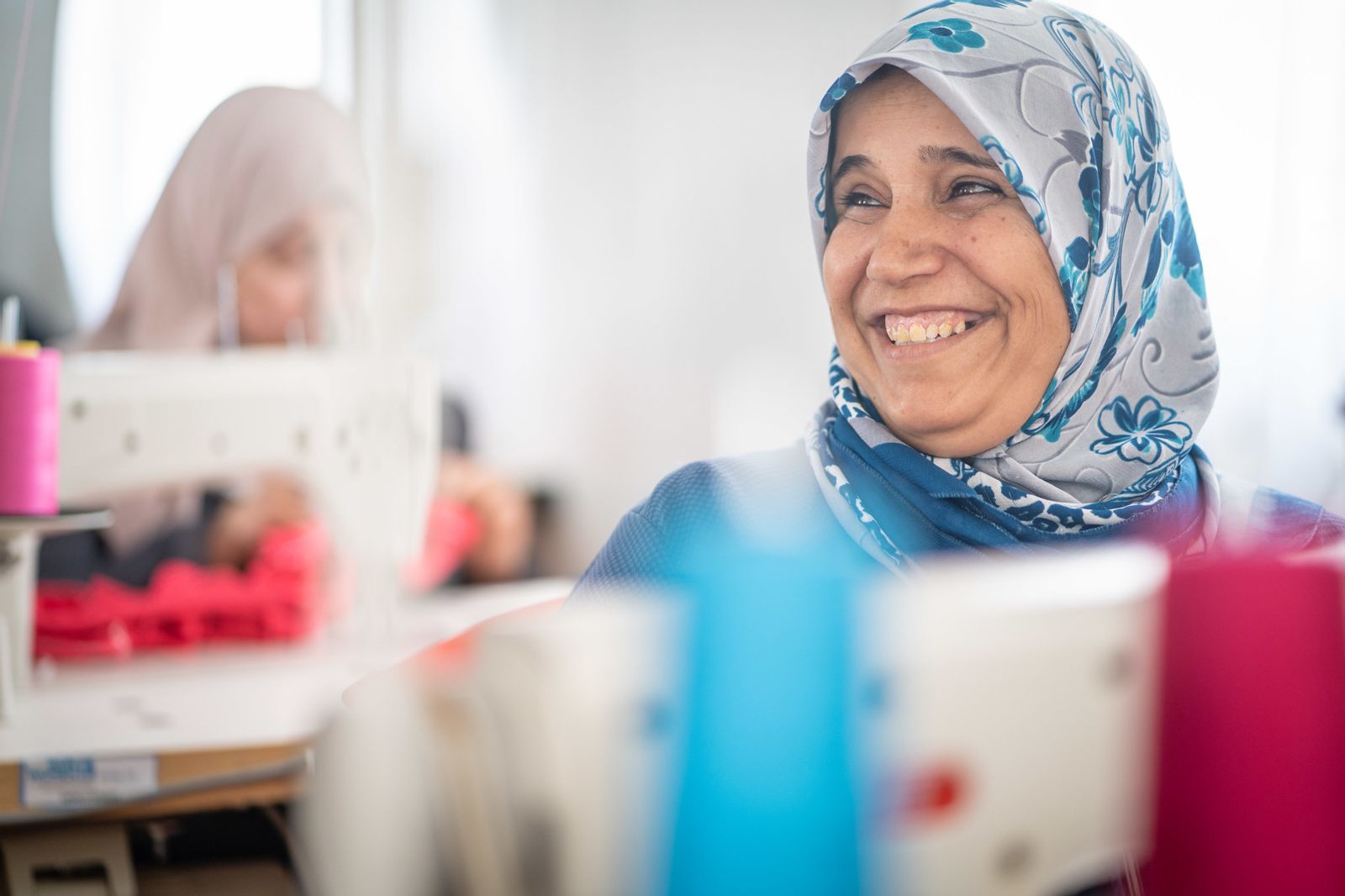
The UN says there are almost 15 million refugees in the world, the highest number since 1993. Continued instability in the Middle East and North Africa suggests this number will grow. The international regime governing the reception and treatment of refugees was put in place at the end of World War II. Does it remain ‘fit for purpose’?
The chaotic and tragic images of Syrians fleeing across the Aegean are repeated (though less reported on) on the other side of the world, as Rohingya refugees from Myanmar flee across the Indian Ocean. In both cases, and many more, states eschew orderly reception and resettlement plans for the refugees, and show little solidarity with first asylum countries. How can states be convinced to co-operate to provide the protection all agree is necessary, rather than compete to impose ever-harsher barriers to entry?
There will be important UN conferences in 2016 where states will recommit to humanitarian principles and to international burden sharing. New ideas and innovative policy proposals are urgently needed to reinvigorate a truly global commitment to refugee protection.